Staggering Stats About Transportation Accidents
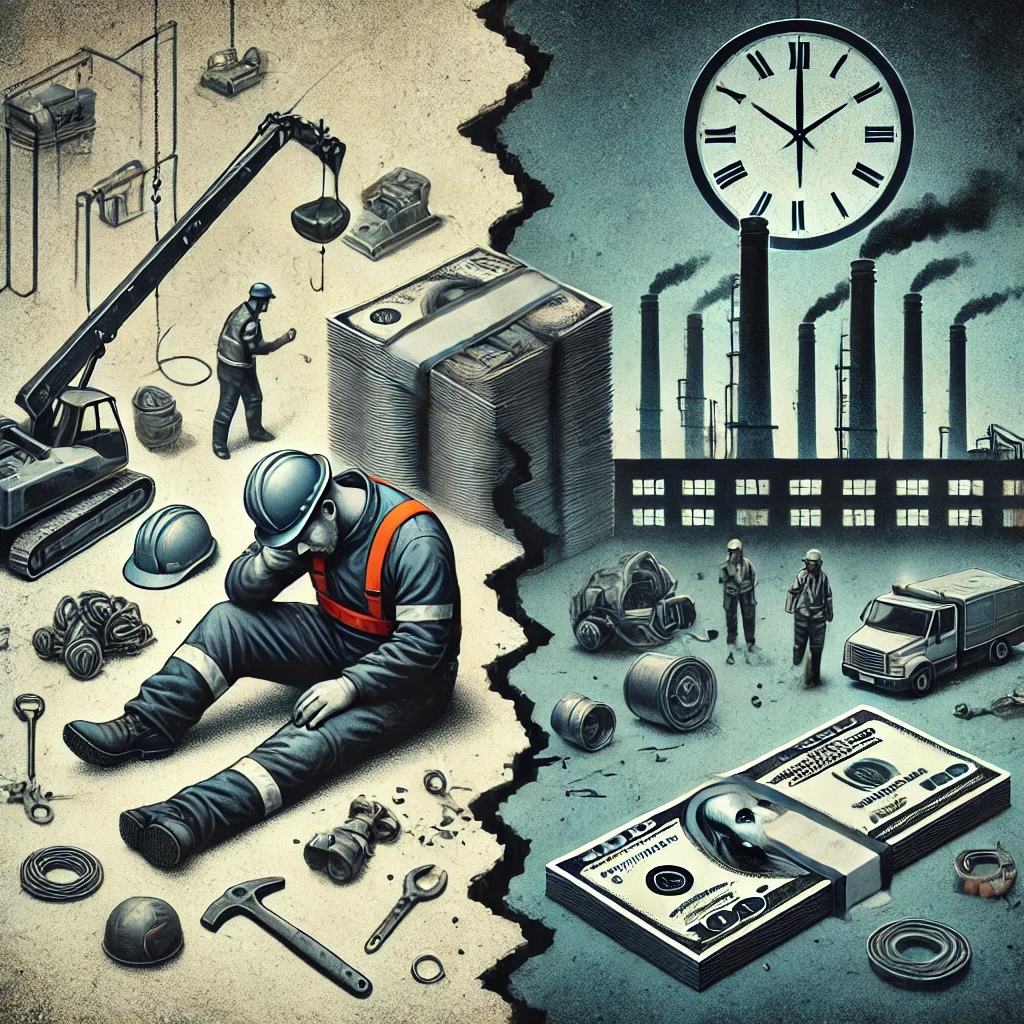
The number of transportation accidents worldwide varies significantly based on the mode of transportation (road, rail, air, sea), region, and how accidents are defined. Here are some general figures based on available data:
1. Road Traffic Accidents:
- According to the World Health Organization (WHO), road traffic accidents are the leading cause of accidental deaths globally. Every year, about 1.35 million people die in road crashes, and 20-50 million more people suffer non-fatal injuries.
2. Railway Accidents:
- Railway accidents tend to be much lower than road accidents. Globally, there are about 10,000 to 12,000 rail-related fatalities each year, though this figure can vary, with most incidents occurring at rail crossings or involving trespassers.
3. Airplane Accidents:
- Commercial aviation is relatively safe compared to other forms of transportation. On average, there are around 100 to 200 accidents involving commercial aircraft globally each year, though most are non-fatal. Fatal crashes are rare, with only a few dozen incidents per year leading to fatalities.
4. Maritime Accidents:
- Shipping and boating accidents also contribute a smaller but notable number of incidents. The International Maritime Organization (IMO) reports several hundred significant shipping incidents per year, with varying levels of severity. Fatalities are less frequent but still notable, especially in ferry accidents in developing countries.
In total, if combining all forms of transportation, the number of reported transportation accidents worldwide could be in the tens of millions, with road traffic accidents contributing the overwhelming majority.
Road to Safety: Unpacking the Causes and Prevention of Transportation Accidents
Commercial trucking accidents represent a significant portion of transportation-related accidents, particularly in road traffic. Globally, reliable and consistent data specific to commercial trucking accidents is harder to obtain, as it varies by country. However, in many countries, commercial trucking accounts for a sizable portion of road accidents, especially fatal ones, due to the large size and weight of trucks.
United States (as a reference):
In the U.S., one of the countries with the most extensive tracking of commercial vehicle accidents:
- The Federal Motor Carrier Safety Administration (FMCSA) reports that in 2021, there were approximately 510,000 crashes involving large trucks in the U.S. alone.
- 4,842 fatal crashes involved large trucks.
- 107,000 of these crashes resulted in injuries.
Commercial trucks account for a significant number of accidents, especially considering their size and impact compared to smaller vehicles. While they represent a smaller proportion of the total number of accidents (as private cars are more numerous), their crashes tend to be more severe, with higher risks of fatalities and significant property damage.
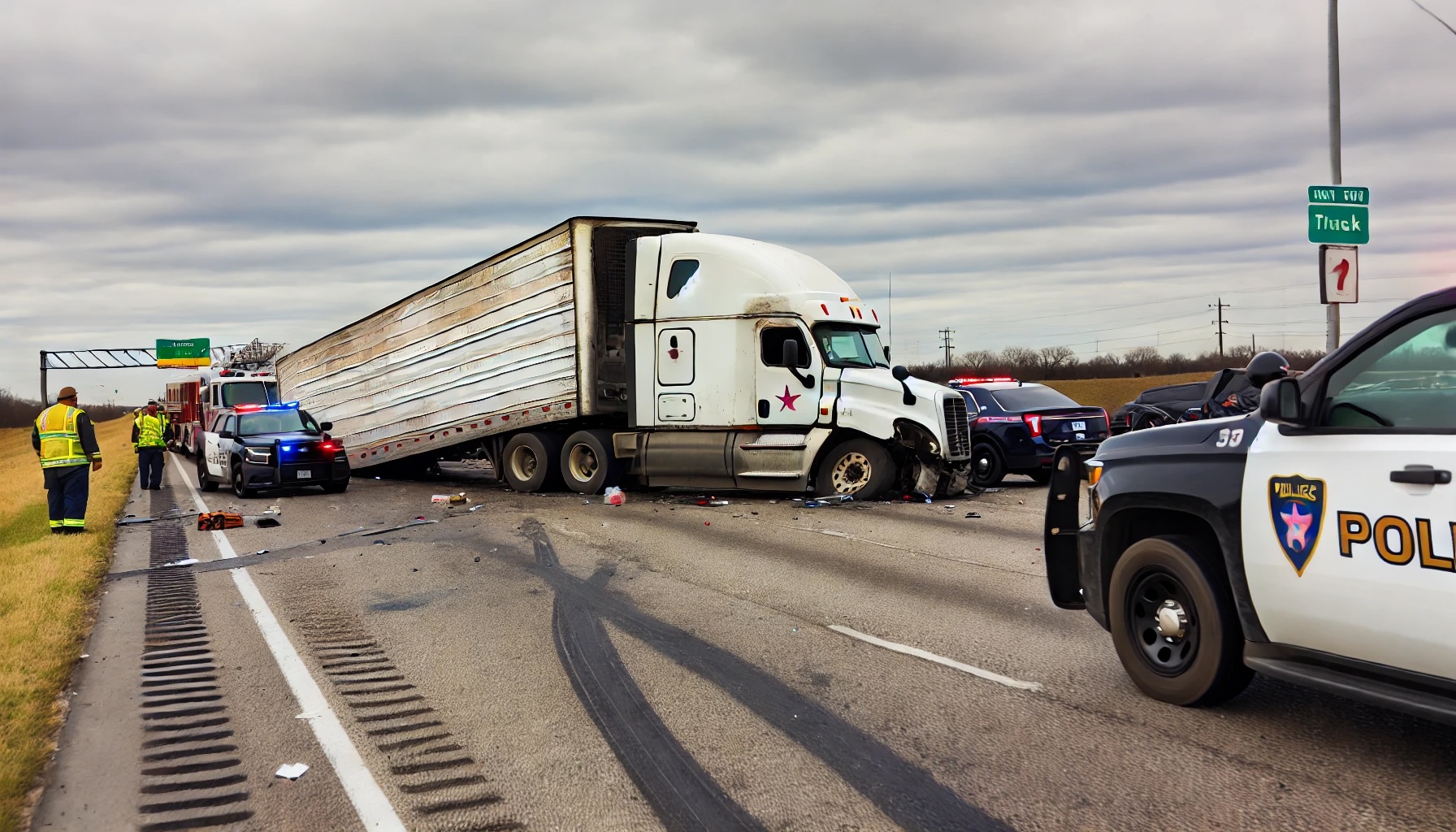
Europe:
In Europe, the European Commission notes that 15% of road fatalities involve heavy goods vehicles (trucks). This implies several thousand fatalities related to commercial trucking across EU countries annually.
Other Regions:
In developing countries, especially in parts of Asia and Africa, commercial trucking accidents are also common, though underreporting is an issue. The World Health Organization (WHO) notes that low- and middle-income countries bear a disproportionately high burden of traffic fatalities, including those involving commercial trucks.
Top Types of Industrial Transportation Accidents
-
Vehicle Collisions: Globally, commercial trucking is involved in hundreds of thousands of accidents each year, with thousands to tens of thousands of fatalities. The actual number of accidents varies widely depending on the region and the degree of commercial truck traffic in that area.
- Head-on collisions: These often occur due to factors like speeding, distracted driving, or improper lane changes.
- Rear-end collisions: Frequently caused by following too closely or distracted driving.
- Side-swipe collisions: Often result from lane changes, turning, or merging without yielding.
- Loading and Unloading Accidents:
- Falling objects: Heavy items can fall from trucks or trailers, causing injuries or fatalities.
- Crushing accidents: Workers can become trapped between equipment or machinery during loading and unloading operations.
- Slips and falls: Wet or slippery surfaces can lead to accidents, especially when workers are carrying heavy loads.
- Forklift Accidents:
- Tip-overs: Forklifts can tip over if overloaded, driven too fast, or operated on uneven surfaces.
- Collisions: Forklifts can collide with other vehicles, pedestrians, or stationary objects.
- Operator errors: Improper operation, such as failing to use the horn or backing up without looking, can contribute to accidents.
- Overloading and Underloading:
- Vehicle instability: Overloading can cause vehicles to become unstable, leading to rollovers or loss of control.
- Structural damage: Underloading can cause excessive stress on vehicles, leading to structural damage or equipment failure.
- Cargo shifting: Improperly secured cargo can shift during transportation, causing accidents or injuries.
- Driver Fatigue:
- Reduced reaction time: Tired drivers may have slower reaction times, increasing the risk of accidents.
- Impaired judgment: Fatigue can impair a driver’s judgment, leading to risky decisions.
- Drowsiness: Falling asleep at the wheel is a serious hazard.
Prevention Strategies
To reduce the risk of industrial transportation accidents, businesses should implement the following strategies:
- Vehicle maintenance: Regularly inspect and maintain vehicles to ensure they are in good working condition.
- Driver training: Provide comprehensive training to drivers, covering safe driving practices, defensive driving techniques, and emergency procedures.
- Load securement: Ensure that cargo is properly secured to prevent shifting or falling during transportation.
- Forklift safety: Implement safety procedures for forklift operation, including training, inspection, and maintenance.
- Workplace safety: Maintain a safe work environment, including clear pathways, proper lighting, and hazard warning signs.
- Fatigue management: Develop policies to address driver fatigue, such as limiting driving hours and providing rest breaks.
By understanding the common types of industrial transportation accidents and implementing effective prevention measures, businesses can significantly reduce the risk of accidents and protect the safety of their employees and the public.
Industrial accidents involving transportation can have devastating consequences, leading to injuries, fatalities, and significant property damage. Understanding the most common types of these accidents can help businesses and individuals take proactive measures to prevent them.
Where the Danger Lurks -- Industries with the Most Accidents
Ever wondered where the most accidents happen? While you might think it’s in a warzone or a high-risk sport, the truth is, danger can lurk in unexpected places. Let’s dive into the industries where accidents are most common and see why these places are so hazardous.
Construction: The Risky Business
It’s no surprise that construction tops the list. With heavy machinery, dangerous heights, and unpredictable work environments, it’s a recipe for accidents. Falls, electrocutions, and equipment malfunctions are just a few of the hazards that construction workers face daily.
Transportation: A Road to Danger
From highways to railways, transportation is another industry with a high accident rate. Vehicle collisions, derailments, and cargo spills are just some of the risks involved. And let’s not forget about the brave pilots soaring through the skies, facing the dangers of turbulence, bird strikes, and mechanical failures.
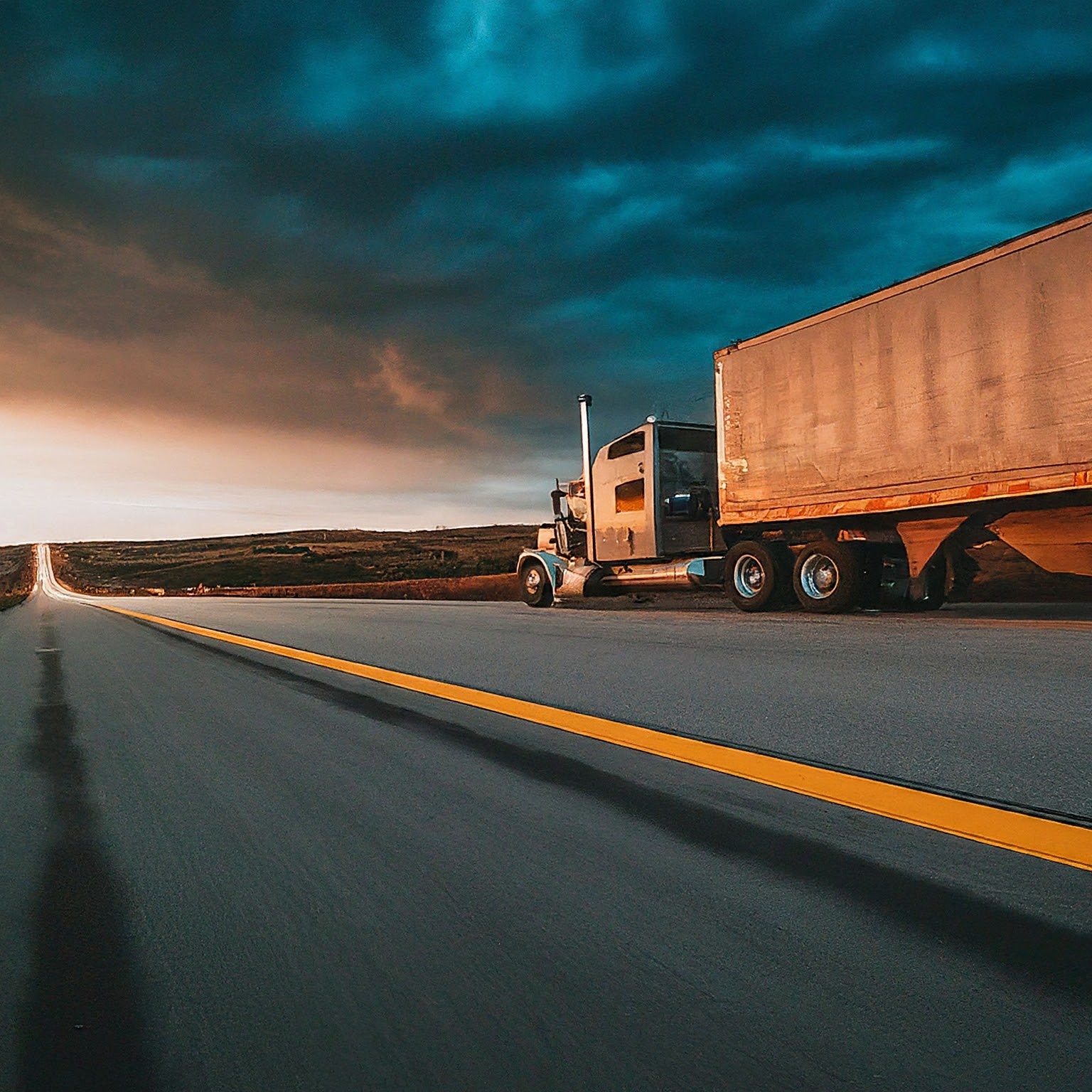
Manufacturing: A Factory of Accidents
Manufacturing plants can be dangerous places. Heavy machinery, toxic chemicals, and hot surfaces pose significant risks to workers. Accidents like burns, cuts, and chemical exposure are common in manufacturing environments.
Agriculture: A Harvest of Hazards
Farming might seem idyllic, but it’s actually a dangerous profession. Farmers face risks like tractor accidents, animal attacks, and exposure to harmful chemicals. Plus, the unpredictable nature of weather can add to the danger.
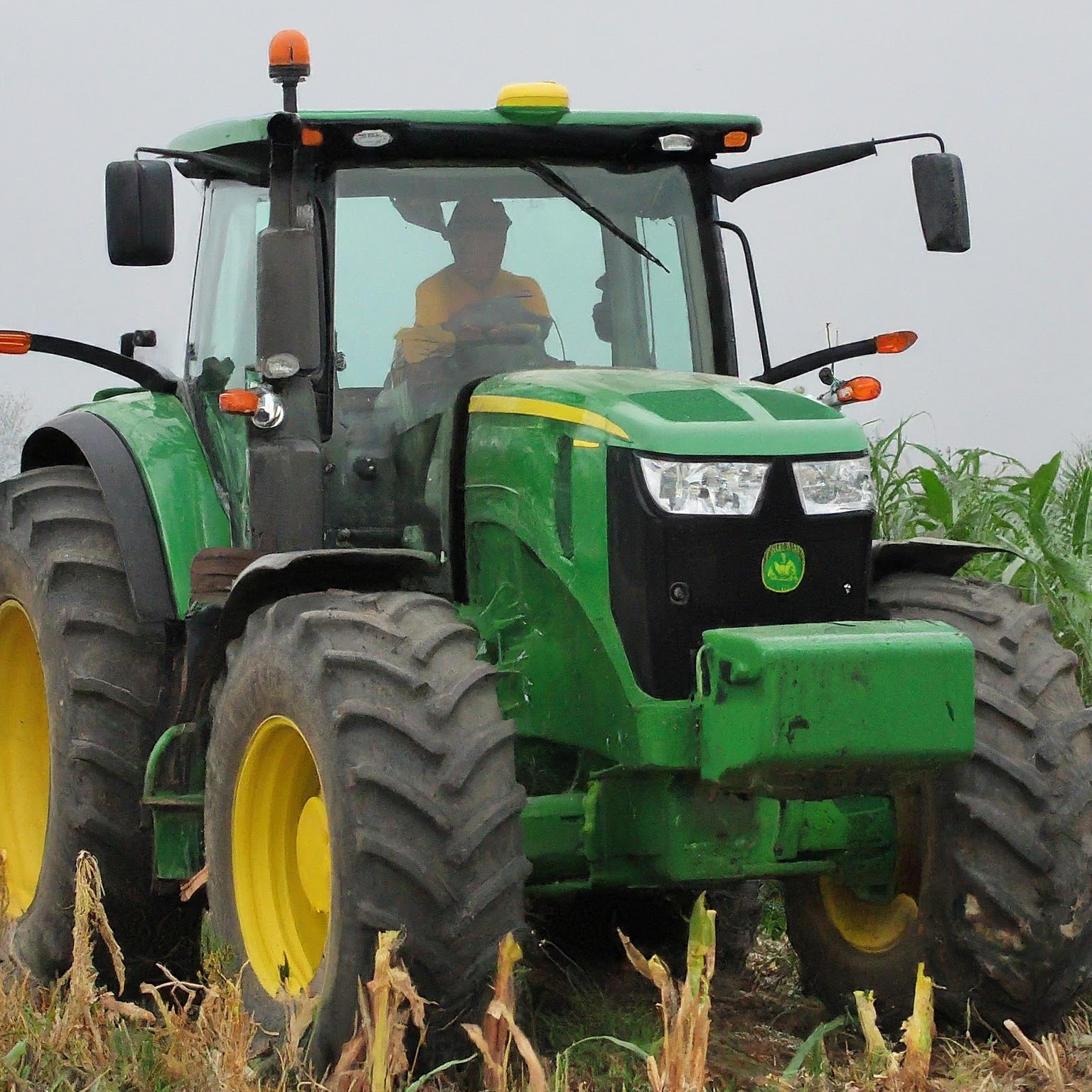
Healthcare: A Hospital Hazard
You might think hospitals are safe places, but they can be surprisingly dangerous. Medication errors, surgical complications, and infections are just a few of the risks healthcare workers and patients face.
Mining: A Dangerous Dig
Mining is one of the most dangerous industries. Workers face risks like cave-ins, explosions, and exposure to toxic substances. The harsh conditions and isolation of mining sites can also contribute to accidents.
While these industries have the highest accident rates, it’s important to remember that accidents can happen anywhere. By understanding the risks and taking precautions, we can help prevent accidents and create safer workplaces.
Have you ever worked in a dangerous industry? Let us know.
Racing Against Time -- Unraveling the Mystery Behind a Series of Offshore Oil Rig Fires
Introduction
In the heart of the vast ocean, where towering steel structures pierce the horizon, the business of extracting black gold — oil — continues around the clock. These offshore oil rigs are marvels of modern engineering, designed to withstand the most extreme conditions nature can throw at them. However, when a series of mysterious fires began erupting on several rigs, a wave of panic swept through the industry. The stakes were high: the lives of hundreds of workers, billions of dollars in infrastructure, and the potential for an environmental catastrophe. A team of elite investigators was assembled, tasked with a single, harrowing mission: to uncover the cause of these fires before more rigs went up in flames. The clock was ticking.
The First Blaze: A Wake-Up Call
The first fire broke out on a seemingly ordinary day on the Atlantic Sunshine T, a massive oil platform located in the North Sea. What began as a minor spark in one of the platform’s auxiliary engines quickly escalated into a full-blown inferno. The rig’s automatic fire suppression system failed to contain the blaze, forcing the crew to evacuate. Rescue helicopters scrambled to save as many lives as possible, but not everyone made it out. The incident was initially chalked up to a tragic equipment malfunction, but it wasn’t long before the situation took a darker turn.
Two weeks later, another fire erupted on the Petrod Odyssey, an oil rig located hundreds of miles away from the Atlantic Sunshine T. The circumstances were eerily similar: a small spark, a sudden explosion, and a fire that spread with terrifying speed. This time, the loss of life was even greater. The oil industry, already operating under tight scrutiny due to environmental concerns, found itself in the crosshairs of public and governmental outrage. Were these fires just coincidences, or was something more sinister at play?
The Assembly of the Elite Team
With no time to lose, an emergency task force was formed. The team was composed of some of the most skilled individuals in their respective fields — experts in forensic analysis, fire dynamics, structural engineering, and cybersecurity. Leading the investigation was Dr. Rebecca Turner, a seasoned fire investigator with decades of experience under her belt. Known for her unrelenting drive and sharp intellect, Turner had a reputation for solving the unsolvable. But even she knew that this case was different — time was not on their side.
Turner’s team included:
-
Mac: A structural engineer specializing in offshore platforms. Mac had worked on the design and construction of dozens of rigs, and his intimate knowledge of their layouts would prove invaluable.
-
Rivera: A cybersecurity expert with a background in industrial control systems. Rivera had spent years defending critical infrastructure from cyber threats and understood the vulnerabilities inherent in modern oil rigs.
-
Hassan: A forensic chemist with a PhD, specializing in accelerants and explosive materials. Hassan’s expertise would be crucial in determining whether the fires were the result of natural causes or deliberate sabotage.
-
Deke: A former oil rig worker turned safety inspector. Deke brought a practical understanding of day-to-day operations on the rigs, offering insights into potential oversights that could lead to disaster.
-
Sophie: A data analyst with a talent for uncovering patterns in seemingly unrelated events. Sophie’s role was to sift through mountains of data — maintenance logs, crew schedules, sensor readings — to find the common thread that linked the fires together.
The team was flown out to the site of the latest incident on the Petrod Odyssey. As they stood on the charred remains of the once-mighty rig, the gravity of their task weighed heavily on them. The blackened steel, the acrid smell of burnt oil, and the haunting silence of the aftermath were all stark reminders of what was at stake.
The Investigation Begins
The first step was to conduct a thorough examination of the wreckage. Dr. Turner led the team in collecting evidence, meticulously documenting every detail. The scene was chaotic, with debris scattered everywhere, but amid the destruction, there were clues. Dr. Hassan carefully gathered samples of soot and residue from the blast site, while Mac studied the structural damage to determine the origin of the fire.

Rivera, meanwhile, began her work in the rig’s control room — or what was left of it. The fire had destroyed much of the equipment, but Rivera was hopeful that the rig’s data logs had survived. These logs could provide crucial information about the events leading up to the fire, including any unusual activity in the rig’s systems.
As Rivera sifted through the digital remnants, something caught her eye: a series of anomalies in the control system’s logs. In the hours leading up to the fire, there had been several unauthorized access attempts to the rig’s control network. It appeared that someone had been trying to hack into the system, but the attempts were clumsy, almost as if the intruder had only a basic understanding of the rig’s defenses. This led Rivera to suspect that the hacker wasn’t a seasoned professional but rather someone with limited technical skills — perhaps even an insider.
Back at their makeshift base, Sophie was deep into her data analysis. She had access to the logs of every oil rig in the region, looking for patterns that might link the fires. It was an overwhelming amount of data, but Sophie had a knack for finding needles in haystacks. After hours of poring over the information, she began to see a pattern emerge. In the days leading up to each fire, there had been a spike in equipment failures and maintenance requests — an unusual occurrence given the typically high standards of maintenance on these rigs. Sophie hypothesized that someone might be deliberately sabotaging the equipment, creating conditions that would eventually lead to a fire.
The Discovery of a Saboteur
With this new information in hand, the team began to suspect that they were dealing with more than just a series of unfortunate accidents. But who would want to sabotage these oil rigs, and why? The most obvious suspects were environmental extremists, but the sloppy nature of the hacking attempts suggested otherwise. Could it be an insider, someone with access to the rigs but without the technical expertise to cover their tracks?
Deke, drawing on his experience as a former oil rig worker, suggested that they look into the crews of the affected rigs. He knew that the offshore oil industry was a tight-knit community, where everyone knew everyone else. If there was a saboteur among them, it was likely someone who had been around the industry for a long time.
The team began interviewing the surviving crew members, looking for anyone with a possible motive. It was during one of these interviews that they hit a breakthrough. A crew member from the Atlantic Sunshine T mentioned a man named Carl Danner, an engineer who had been present on all three rigs that had caught fire. Danner was well-liked by his peers, known for his dedication and hard work. But what the crew member revealed next sent chills down the investigators’ spines: Danner had recently lost his family in a tragic accident, an accident he blamed on the oil company’s negligence.
Could Danner be seeking revenge against the industry that he believed had wronged him? The pieces were starting to fall into place, but the team needed more evidence before they could act. Rivera dug deeper into the control system logs and found that the unauthorized access attempts had originated from Danner’s work terminal. Meanwhile, Sophie uncovered maintenance records showing that Danner had signed off on several of the suspicious maintenance requests in the days leading up to the fires.
Confronted with the evidence, Danner initially denied any involvement. But under the pressure of Turner’s questioning, he eventually broke down and confessed. He had indeed been trying to sabotage the rigs, hoping to cause enough damage to force the oil company into bankruptcy. However, Danner insisted that he had never intended to kill anyone — the fires had spiraled out of control in ways he hadn’t anticipated.
The Race to Prevent Another Disaster
With Danner in custody, the team could have breathed a sigh of relief. But as they reviewed the evidence, they realized that the situation was far from over. Danner had planted sabotage devices on several other rigs, set to trigger fires in the coming days. The team now faced a new challenge: to locate and disarm these devices before more lives were lost.
The clock was ticking once again. Turner’s team divided into pairs and flew out to the rigs that were identified as the most likely targets. Each pair carried the tools and knowledge needed to find and neutralize the devices, but they knew that any mistake could be catastrophic.
Mac and Rivera were sent to the Coral Sea Star, a rig located in the Gulf of Mexico. The rig was still fully operational, with over a hundred crew members onboard, unaware of the danger lurking beneath their feet. Mac began by reviewing the rig’s schematics, looking for places where Danner might have hidden the devices. Meanwhile, Rivera accessed the rig’s control system, searching for any signs of tampering.
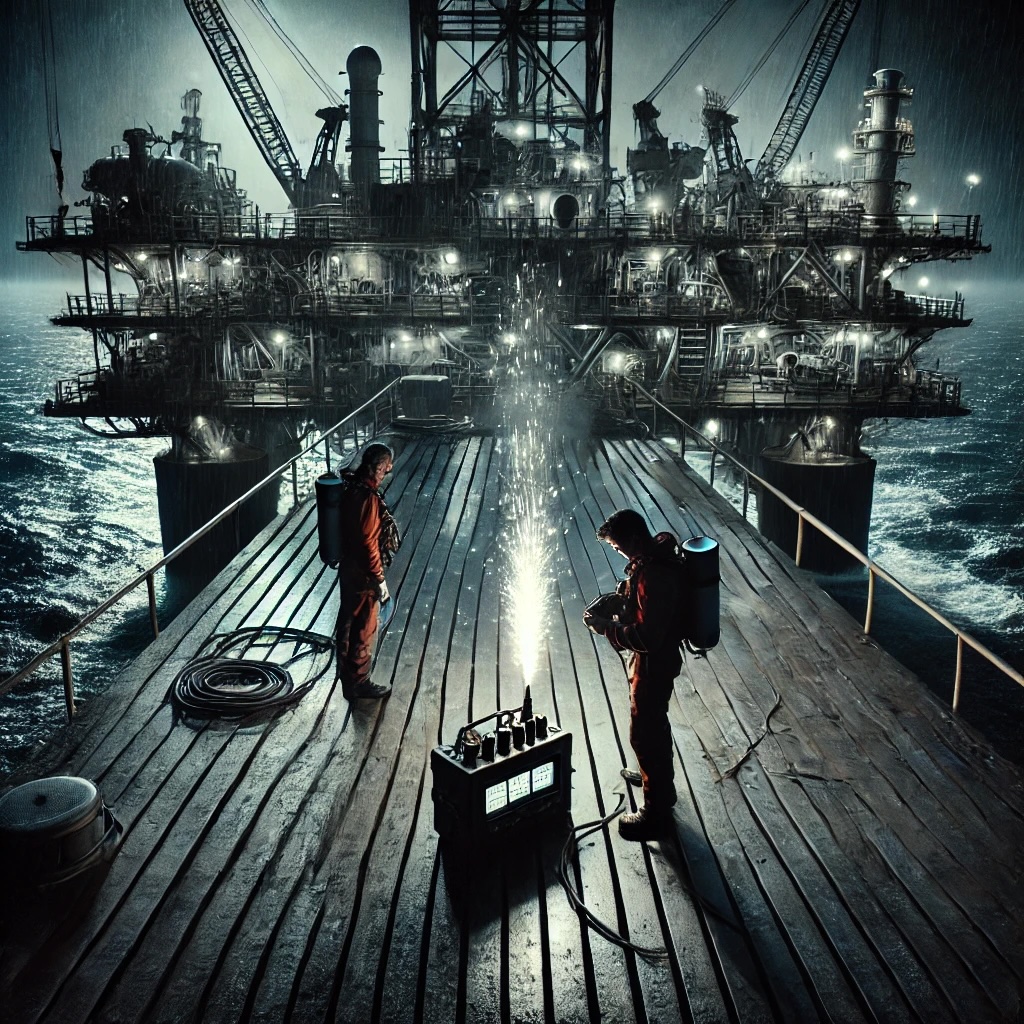
Their search led them to the rig’s engine room, where they found a small, homemade device attached to the main fuel line. It was a crude bomb, designed to ignite the fuel and cause a massive explosion. Mac carefully disarmed the device, while Rivera kept a close eye on the control system to ensure that no other sabotage attempts were in progress. The tension was palpable, but their training and expertise paid off — the device was successfully neutralized.
On another rig, the Ocean Warrior, Turner and Deke faced a similar challenge. They located the sabotage device in the rig’s electrical room, where it was set to overload the power grid and spark a fire. Working together, they disarmed the device and secured the area, preventing what could have been another devastating disaster.
The Aftermath: Lessons Learned
With the immediate threat neutral
ized, the investigation team returned to headquarters to debrief and reflect on the harrowing experience. The oil company, grateful for the team’s efforts, vowed to implement stricter security measures and improve their maintenance protocols to prevent such incidents from happening again.
The investigation had uncovered a dark side of the offshore oil industry, where the pressures of profit and production could sometimes overshadow safety concerns. The fires had been a wake-up call, forcing the industry to confront its vulnerabilities and take action to protect its workers and the environment.
For Dr. Turner and her team, the experience was both exhausting and enlightening. They had faced a relentless enemy in the form of time, but through teamwork, expertise, and sheer determination, they had managed to avert further tragedy. The case was closed, but the lessons learned would resonate throughout the industry for years to come.
Conclusion
The series of mysterious offshore oil rig fires was not just a story of sabotage; it was a tale of human resilience, cooperation, and the relentless pursuit of truth. In the face of overwhelming odds, a team of investigators worked tirelessly to uncover the cause of the fires and prevent further disasters. Their journey was fraught with danger and uncertainty, but their unwavering commitment to the task at hand ultimately saved lives and changed the industry for the better.
As the sun set over the ocean, casting a golden glow on the rigs that dotted the horizon, the investigators knew that their work had made a difference. The offshore oil industry would continue to face challenges, but with the lessons learned from this harrowing experience, it would be better prepared to meet them head-on. The race against time had been won, but the quest for safety and security in the deep waters of the ocean would continue.
Piper Alpha Disaster
One of the most harrowing offshore oil rig accidents occurred in the North Sea on July 6, 1988, known as the Piper Alpha disaster. The incident remains one of the deadliest oil rig accidents in history, claiming 167 lives. The story of the Piper Alpha disaster is not just one of tragedy but also of remarkable teamwork and resilience in the face of unimaginable odds.
The Incident
Piper Alpha was an oil production platform located approximately 120 miles northeast of Aberdeen, Scotland. The disaster began with a routine maintenance operation. A safety valve had been removed from a gas compression pump for servicing, but due to a miscommunication during a shift change, the pump was mistakenly restarted without the safety valve in place. This led to a gas leak, which ignited, causing a massive explosion.
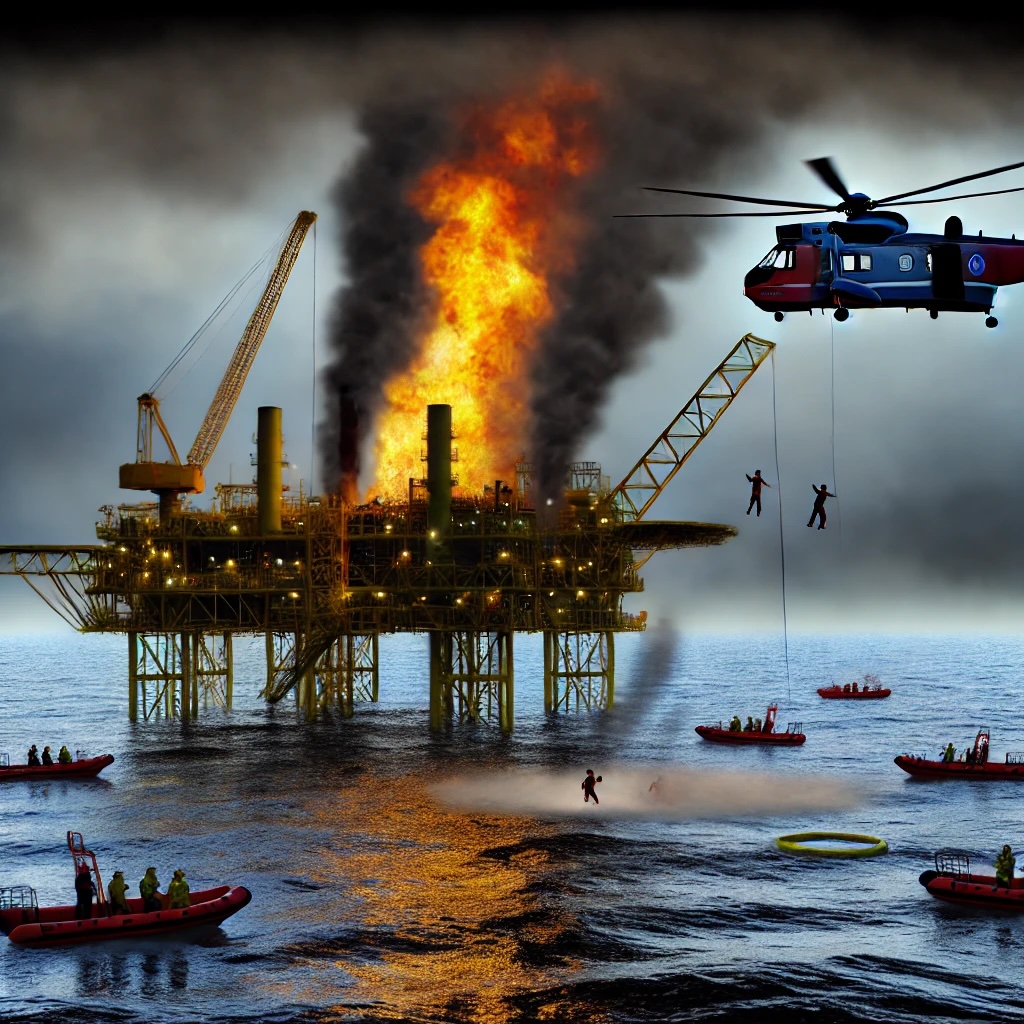
The initial explosion was followed by a series of fires, which spread quickly due to the oil and gas being processed on the platform. Within minutes, the entire rig was engulfed in flames, and the heat was so intense that it melted parts of the rig’s steel structure.
Teamwork and Resilience
Amid the chaos, acts of extraordinary bravery and teamwork emerged. The platform’s firefighting systems failed almost immediately, leaving the crew with few options. However, many of the crew members banded together to try and control the situation.
One such story involved a group of men trapped in the control room, cut off from escape routes by the raging fires. Realizing that help might not come in time, they decided to try and make their way to the lifeboat stations, despite the overwhelming heat and smoke. Supporting each other physically and emotionally, they navigated the perilous corridors of the rig, with some using fire hoses to try and cool down the metal surfaces that were too hot to touch.
Another group, led by the platform’s radio operator, continued to send distress signals even as the flames encroached. They knew that staying at their posts would likely cost them their lives, but their efforts ensured that rescue helicopters were dispatched as quickly as possible, saving many lives.
Meanwhile, in the surrounding waters, a remarkable display of teamwork unfolded as crews from nearby rescue vessels and helicopters worked tirelessly to save as many people as possible. The Sea King helicopters, piloted by RAF and Coast Guard crews, braved the thick smoke and intense heat to hover over the rig, lowering winchmen to pluck survivors from the decks.
Rescue and Aftermath
Despite the heroism displayed, the scale of the disaster was enormous. Of the 226 men on board, only 61 survived. Many of those who did survive did so thanks to the courage and resilience of their fellow crew members, who refused to abandon each other even in the face of almost certain death.
The Piper Alpha disaster led to significant changes in offshore safety regulations. The inquiry that followed highlighted the critical need for better communication, more effective safety systems, and a greater emphasis on the human element of safety.
The memory of Piper Alpha serves as a stark reminder of the dangers inherent in offshore oil production but also as a testament to the strength of the human spirit when faced with adversity.